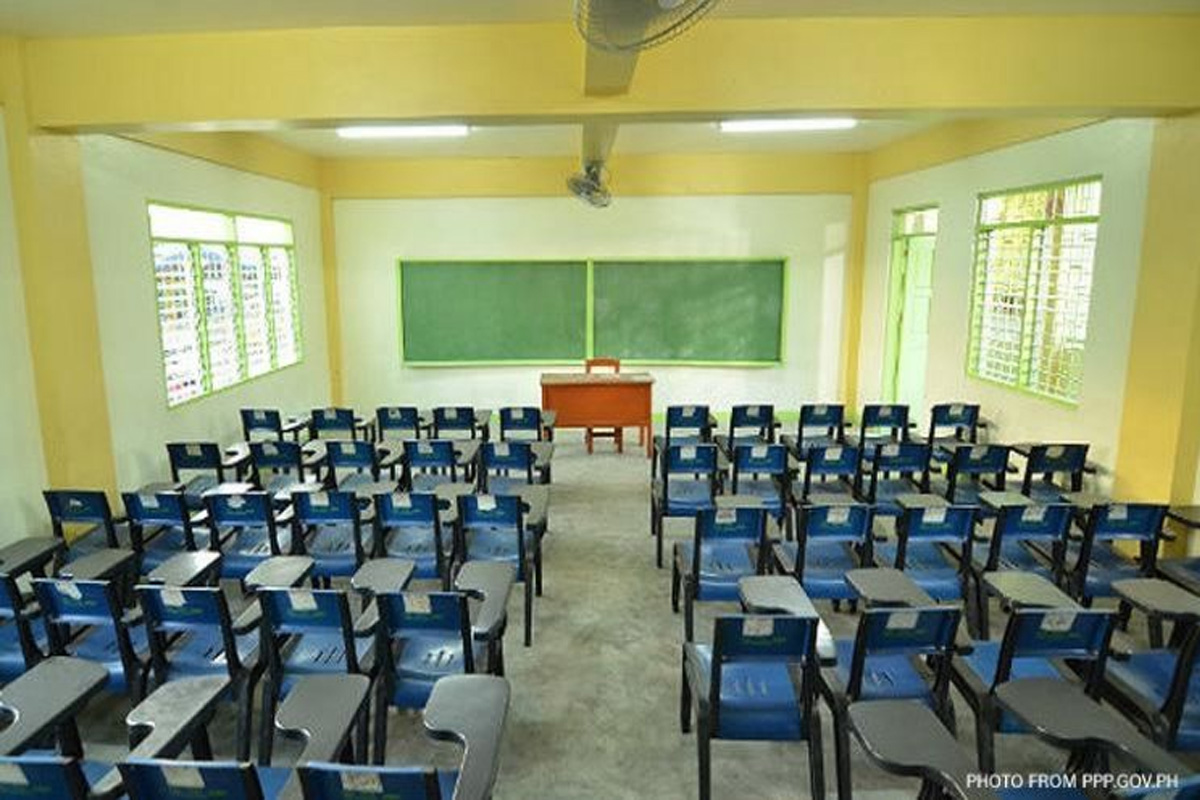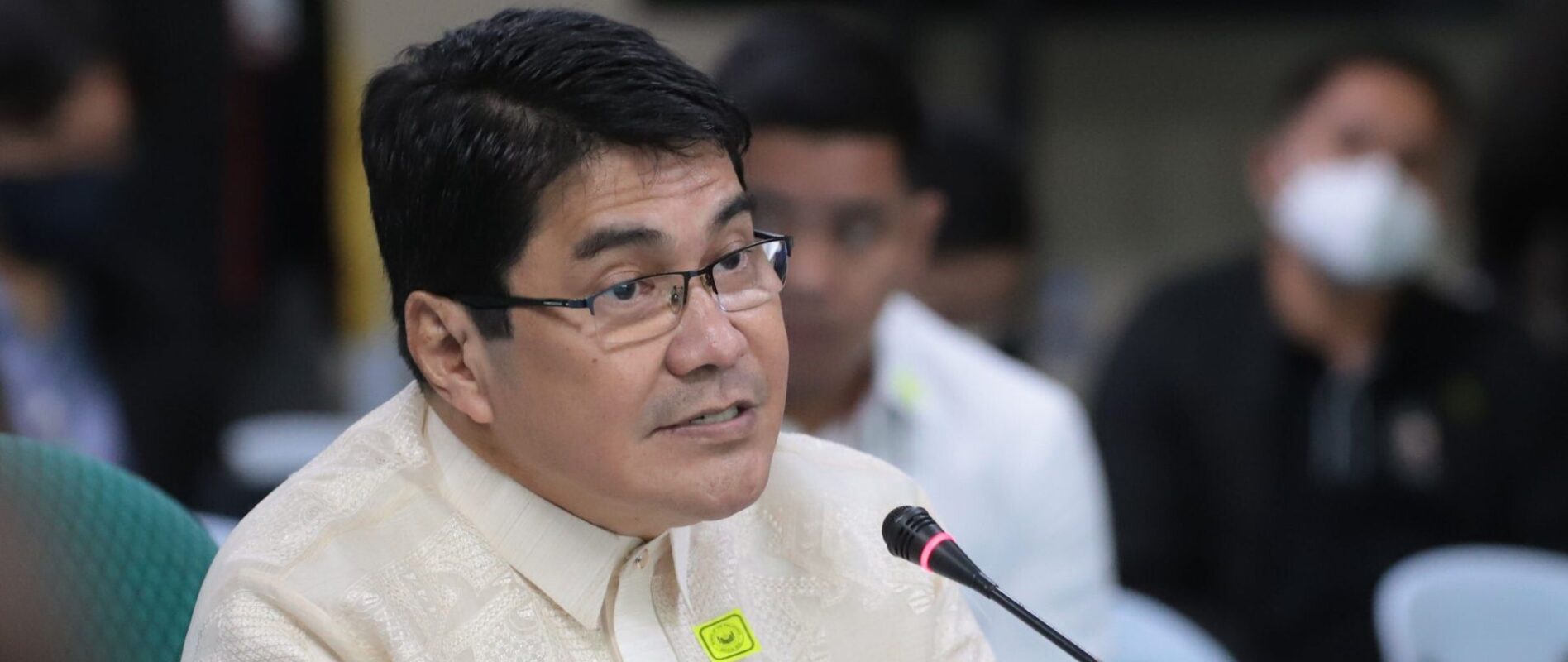GOVERNMENT EARMARKS MAJOR BOOST FOR CLASSROOMS, TEACHERS, AND SCHOOLS IN 2026 BUDGET
THE GOVERNMENT is placing education at the center of the proposed 2026 national budget, significantly increasing investments to support learners, teachers, and school communities nationwide, the Department of Budget and Management said.
DBM Officer-in-Charge Secretary Rolly Toledo described the 2026 National Expenditure Program as a “true education budget.”
“For the first time, 4 percent of our GDP is dedicated to education—clear proof that this government, under the leadership of PBBM, is investing in our children, our teachers, and our schools,” Toledo said.
DBM data show that the proposed P928.5-billion DepEd budget sets aside P44.58 billion for education infrastructure.
The allocation will support the construction of nearly 4,900 new classrooms, the repair of more than 9,400 existing ones, and the building of 200 Last Mile Schools in geographically isolated and underserved communities.
The government has also earmarked more than P1.134 billion for the restoration of historic Gabaldon school buildings.
The initiative aims to preserve the country’s architectural heritage while ensuring that these century-old structures remain safe and functional for learners.
Another major investment under the NEP is the Infrastructure for Safer and Resilient Schools Project, which will rehabilitate and retrofit nearly 1,300 disaster-affected schools—covering more than 13,000 classrooms nationwide.
The initiative underscores the administration’s push for climate-resilient, disaster-ready learning facilities.
More than 1,000 participants from national government agencies, local government units, civil society organizations, and development partners—including the World Bank and UNICEF—attended the Classroom Summit.
Discussions focused on addressing the country’s long-standing classroom backlog, improving procurement readiness, and piloting climate-adaptive infrastructure solutions in response to evolving environmental challenges.
Beyond buildings, the proposed 2026 budget also addresses essential complementary needs to improve overall learning conditions.
Allocations include furniture for over 18,000 classrooms, electrification for more than 400 schools, and the construction of over 300 new health and sanitation facilities.














